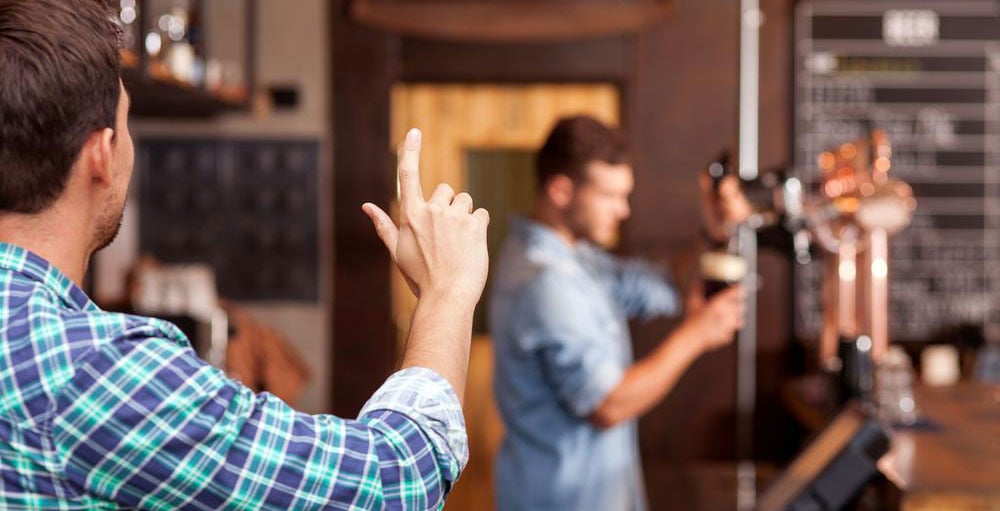Use these tips to de-escalate aggressive responses from intoxicated customers when stopping service.
Being an alcohol server or bartender is fun. It gives you the opportunity to meet and connect with many people. However, part of your job is managing a customer’s drinking and stopping service when someone becomes intoxicated.
We understand that this is an uncomfortable and often challenging part of the job, so we’ve put together tips on how to spot intoxicated behavior — including cues that predict aggressive responses from your customer — and tactics to help de-escalate the situation.
Observe your customers from the moment they enter your business
Observing your customer should start as soon as they enter your business. This gives you a baseline to compare to when you observe them as they drink, making it easier to spot any behavioral changes as they become more intoxicated. These observations will help you determine whether to stop service.
A customer could also arrive at your business already intoxicated. During your first interaction, ask yourself if there are any signs that they’ve already been drinking or are already intoxicated. Signs include:
- bloodshot eyes
- noticeable alcohol odor coming from their body
- slow, uncoordinated or unbalanced movements
- appearing confused or disoriented
If a person arrives already intoxicated, it is also your responsibility to refuse service.
How to spot and de-escalate potentially dangerous situations
Higher levels of intoxication could lead to unpredictable and even violent behavior. When you let a customer know that you are stopping service, you may encounter resistance or potentially aggressive responses. While it’s your responsibility to stop service, remember that the safety of everyone in your business — including yours — is also a top priority.
These are common behavioral signs that could lead to potentially dangerous circumstances. Observe your customer’s behavior when stopping service and use our tips for how to approach and de-escalate these situations.
Signs of anxiety
Your customer may start biting their nails or jingling their coins. This behavior shows that the customer is getting increasingly anxious, worried or uneasy, causing their energy levels to go up.
Try to help calm them down by using supportive and empathetic statements. Show that you understand how they are feeling and remind them that your only intention is to ensure their safety. For example, “I’m sorry, I know this is upsetting, but I just want to make sure that you get home safely.”
Getting defensive
Your customer may try to intimidate you or question your authority. It’s important to not take anything personally.
While it may be difficult, don’t get defensive or react to their comments. Be firm in your decision and don’t be judgmental. Making comments that put the blame on the customer may cause them to get angrier, so try to avoid “you” statements. For example, “You’re way too drunk and could hurt yourself.” Or, “You’ve had too much to drink already.”
Instead, try using “I” statements to remind them that it is your responsibility to ensure the safety of your customers and that you are ultimately just doing your job. For example, “Sorry, I could be legally charged if I serve you more drinks.” Or, “I just want to help you get home safe.”
Becoming aggressive
At this point, your customer may no longer want to listen to reason. Aggressive behavior can quickly lead to dangerous and violent situations.
You shouldn’t have to deal with aggressive customers by yourself. Let your manager know that you need help, and if needed, call the police for assistance.
As an alcohol server or bartender, it’s your responsibility to observe your customers and spot the signs of intoxication. Using a BAC chart can help you count drinks and estimate what stage of intoxication a person is at, so that you are better equipped to know when to stop service. Stand firm in your decision, while still keeping your safety a top priority, with these five proven techniques to use when stopping service.
Maintaining a safe environment for your business is an important, yet sometimes challenging job for alcohol servers and bartenders. Get the tools you need to safely serve alcohol by taking Userve’s Alcohol Server Course.

